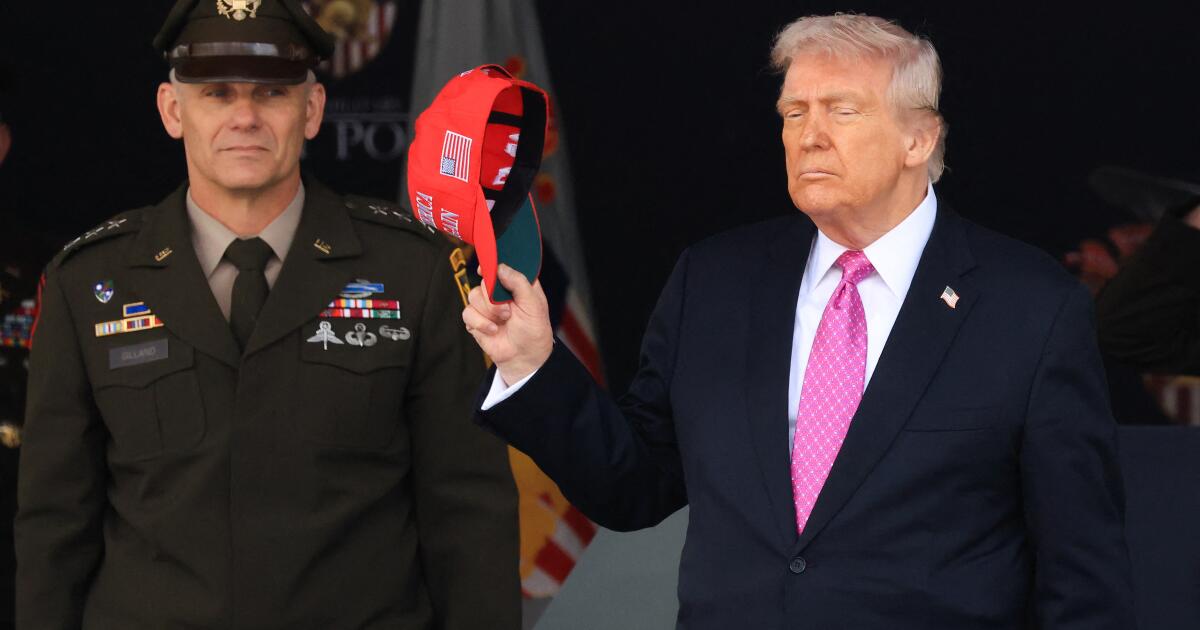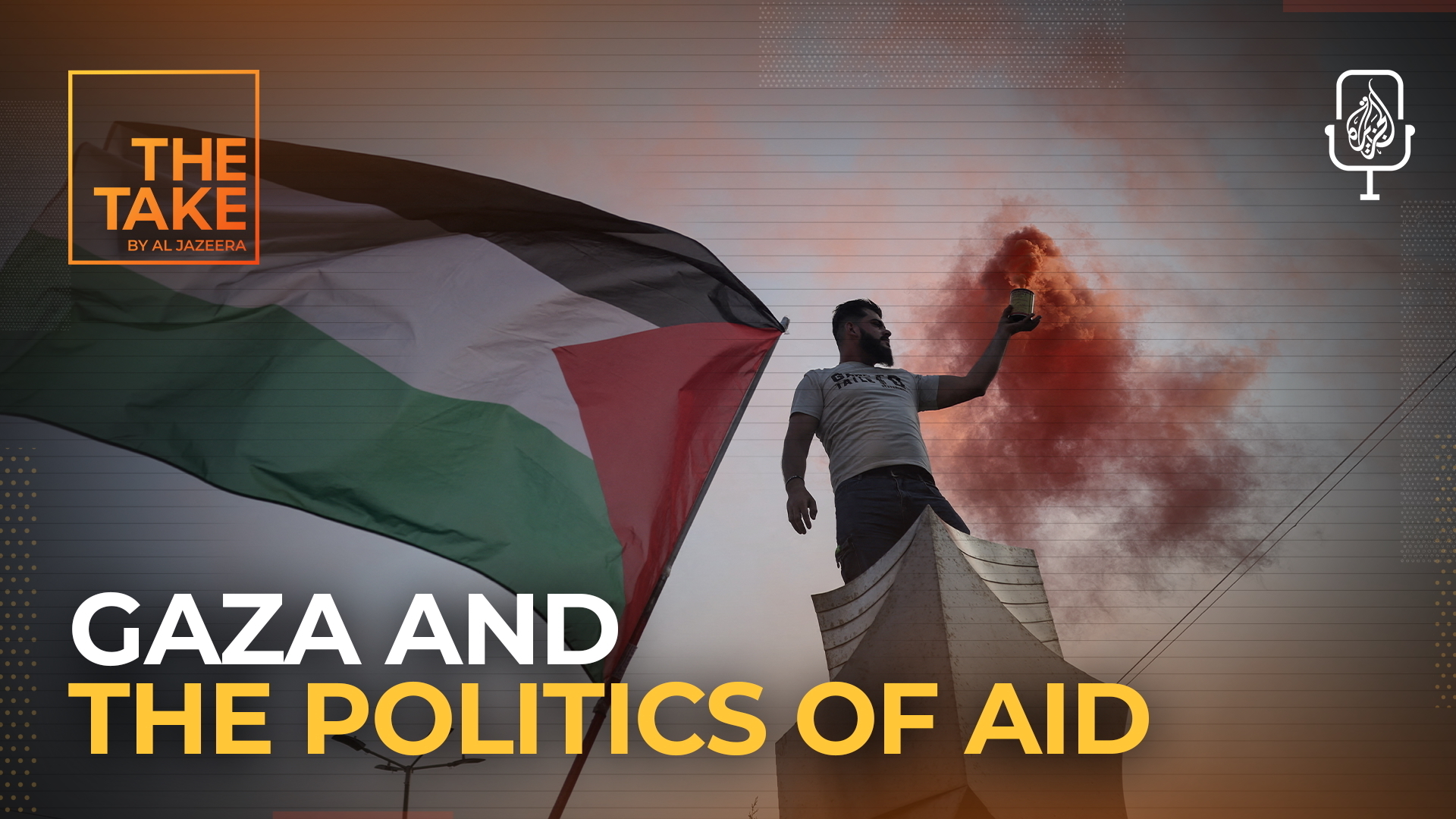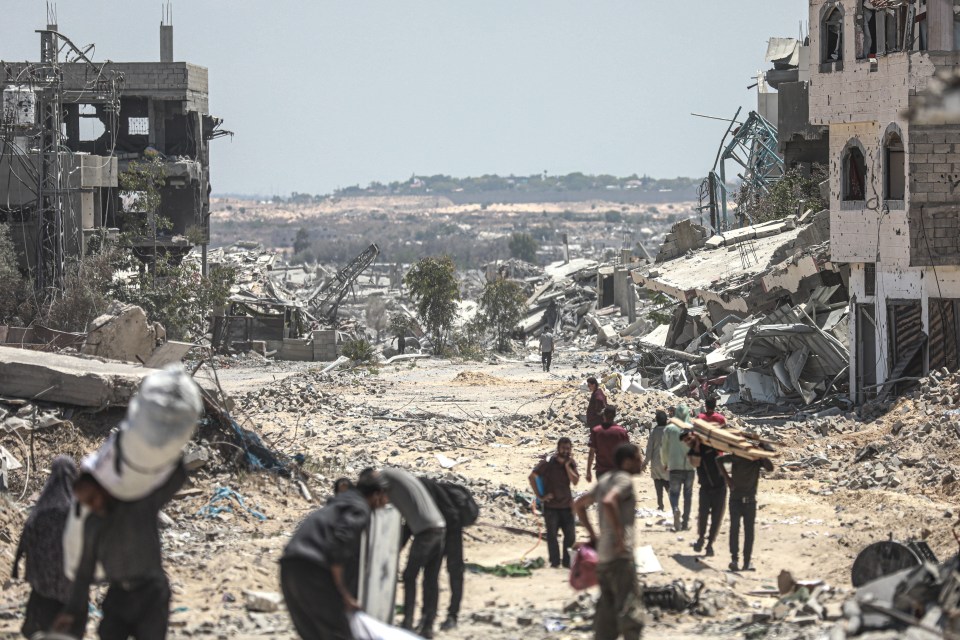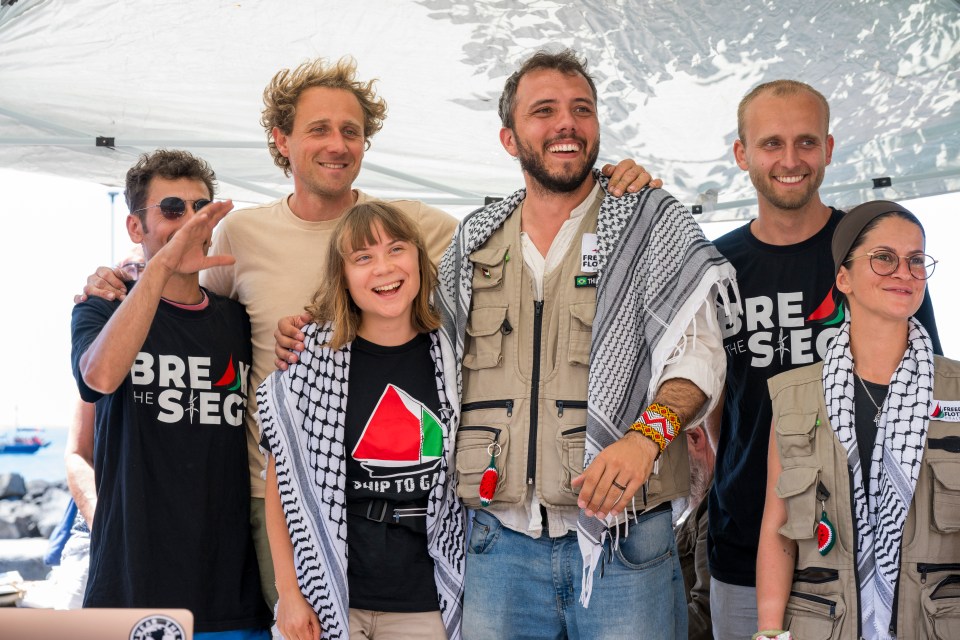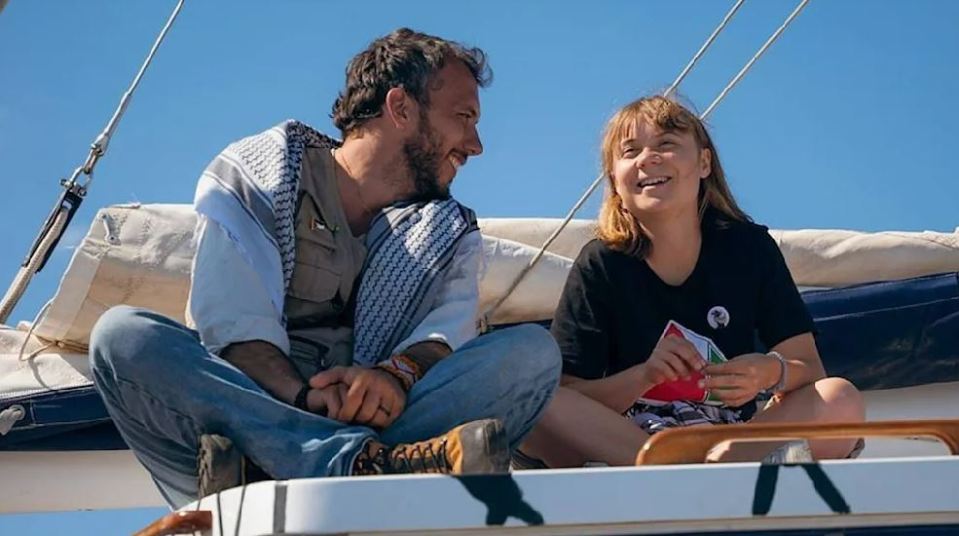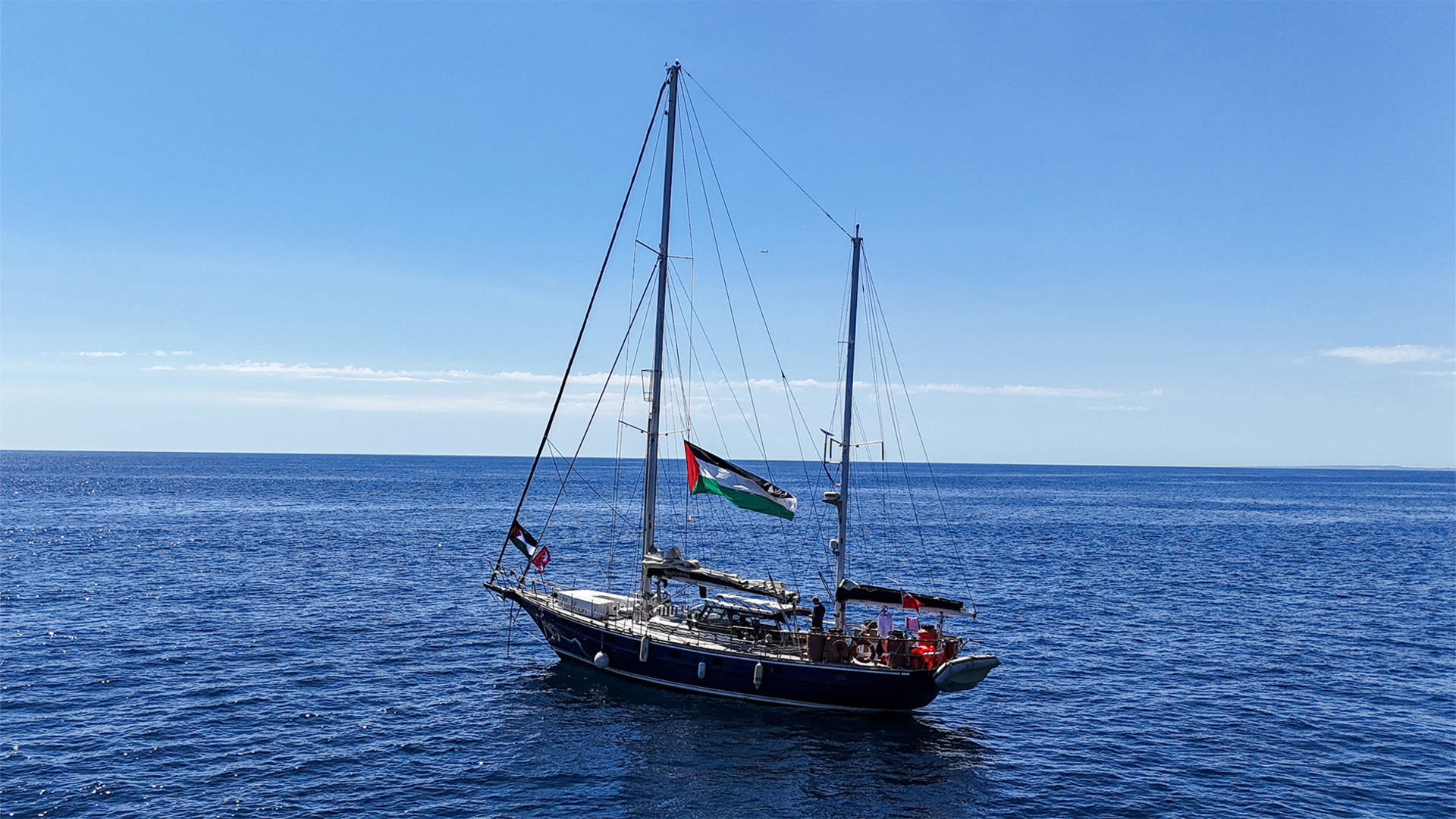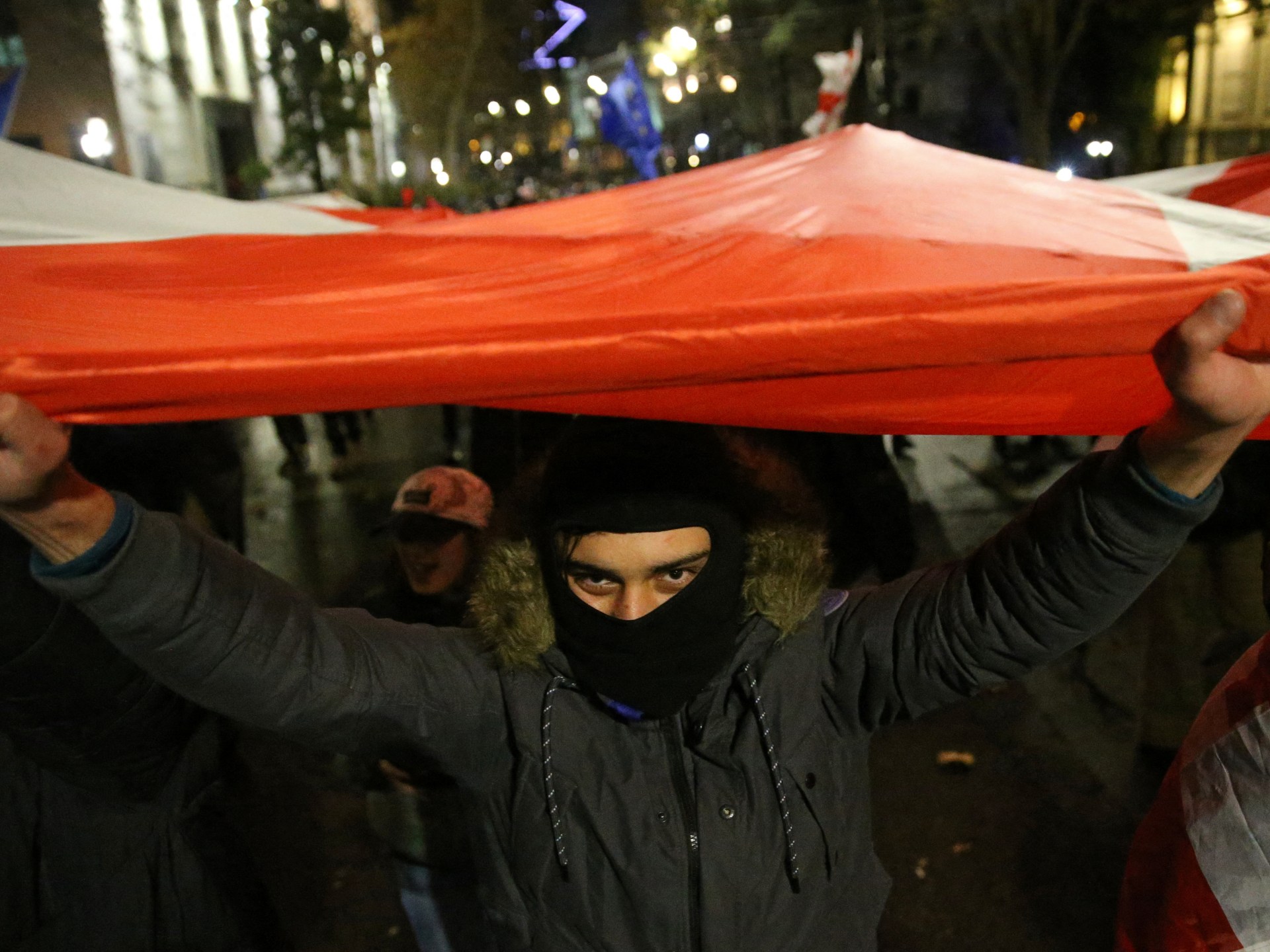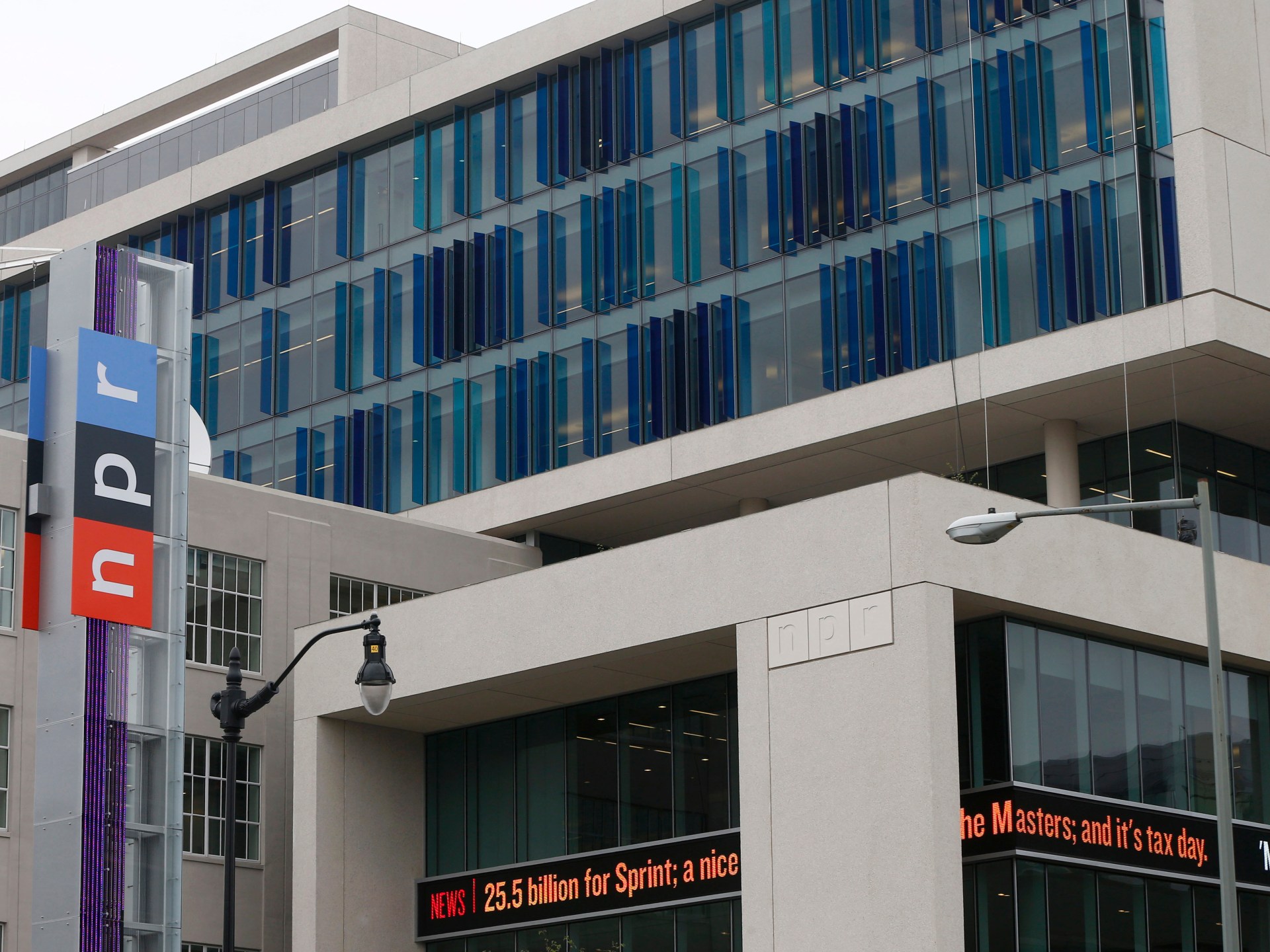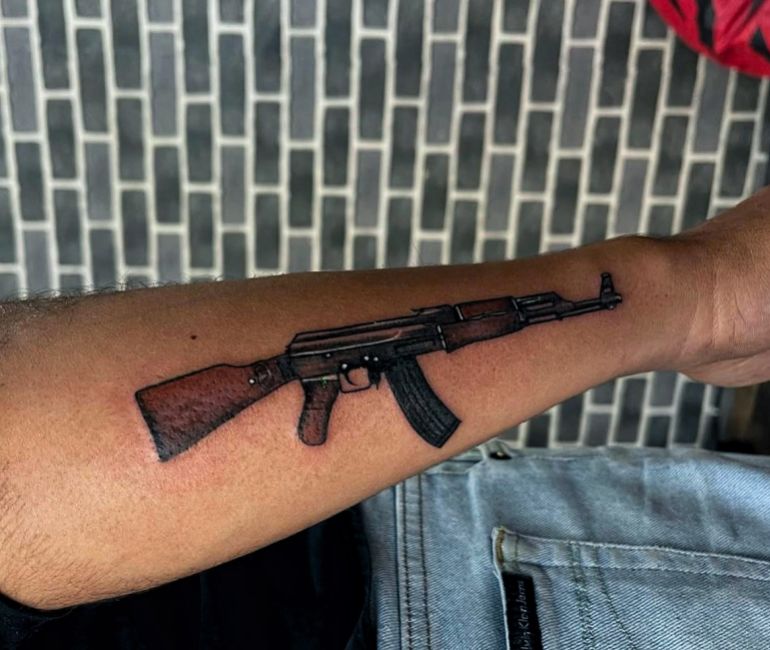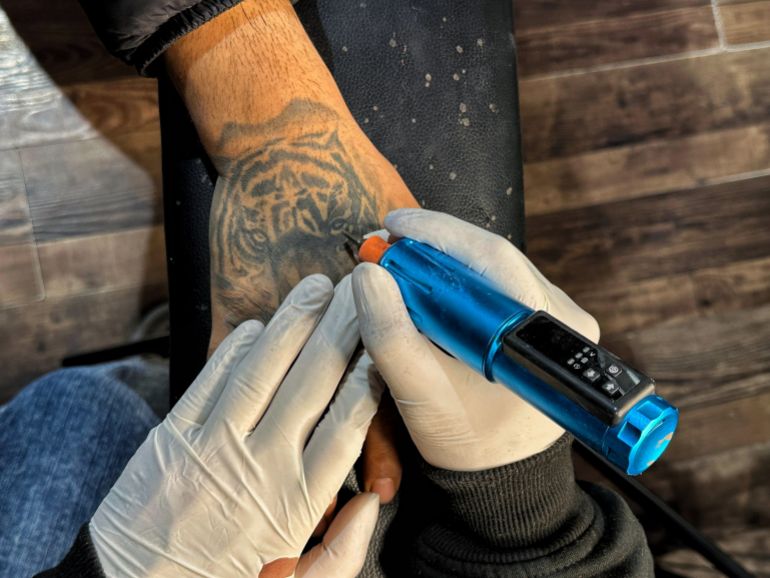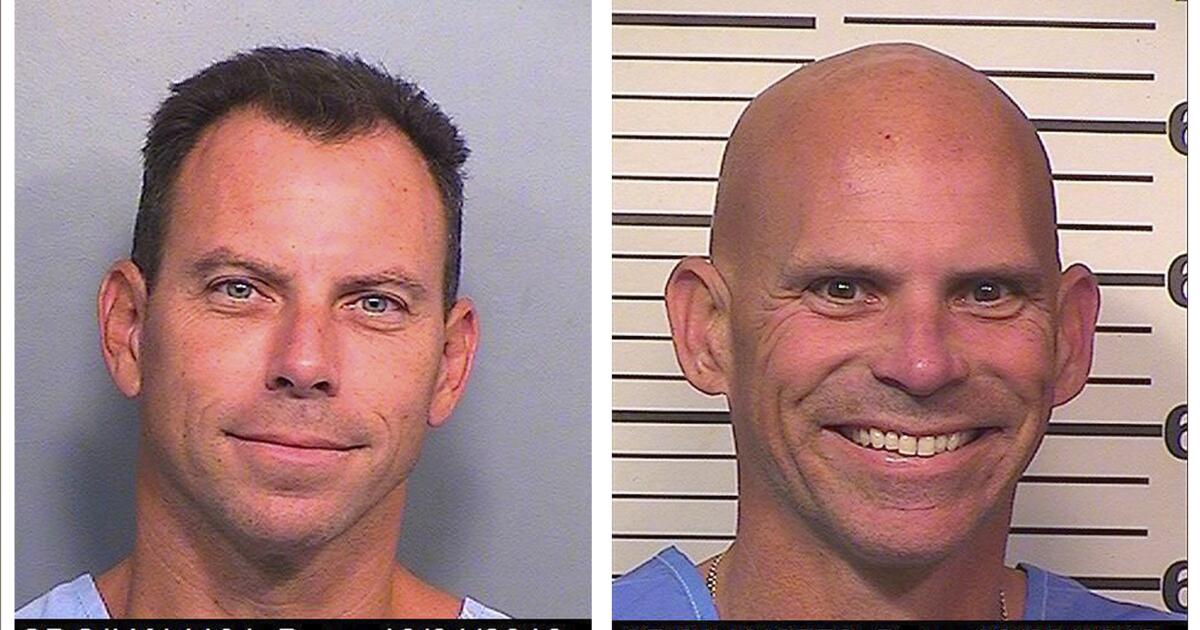Trump’s military parade, contempt for troops dishonor our service
This Saturday, a parade celebrating the Army’s 250th anniversary kicks off in Washington. It will include nearly 10,000 soldiers and dozens of helicopters, tanks and armored fighting vehicles. The 90-minute event is expected to cost $45 million — factoring in the roughly $16 million for anticipated damage to roads not accustomed to such heavy tracked vehicles.
In a recent interview, President Trump promoted the event, which also falls on his 79th birthday: “We have the greatest missiles in the world. We have the greatest submarines in the world. We have the greatest army tanks in the world. We have the greatest weapons in the world. And we’re going to celebrate it.”
Thing is — after 25 years in the Army, from West Point to Iraq — I (like everyone else who’s worn a uniform) can affirm that our equipment isn’t what makes us great. Our Army and all America’s armed services are made of men and women, not metal and wire. The gear always changes; the Americans who serve and sacrifice are the constant.
It’s not just the parade. Other recent events suggest the commander-in-chief could use a friendly nudge toward the right way to honor our military. On May 24, Trump gave a graduation speech at West Point with his red campaign hat on, veered into a five-minute story about avoiding “trophy wives,” blew off the traditional handshake with cadets by saying, “I’m going back now to deal with Russia, to deal with China” — and then flew straight to his golf club in New Jersey.
The next morning, Trump began with a Truth Social message: “HAPPY MEMORIAL DAY TO ALL, INCLUDING THE SCUM THAT SPENT THE LAST FOUR YEARS TRYING TO DESTROY OUR COUNTRY.” Which made his next “weave,” during what’s typically a somber speech at Arlington National Cemetery, seem almost tame: “We have the World Cup and we have the Olympics…. Now look what I have. I have everything.”
Of course, neither is exactly the right tone to memorialize those who’ve fallen. (Who even says “happy” Memorial Day?)
But gaffes like this raise a far more important question: How should we honor our military? How ought civilians properly thank those in uniform, past and present?
It can be awkward. I know from experience. I was a 24-year-old lieutenant when I got home from my first yearlong tour in Iraq. I was wearing my camo uniform when someone loudly said, “Thanks for your service!” from about 15 feet away. I didn’t know what to do, so I nodded in response. I was embarrassed at the acknowledgment. Better men whom I served with didn’t come home.
I’m not the first to feel that feeling. Eighty years ago, nearly to the day, Gen. Dwight D. Eisenhower delivered an address in London just after the end of the Second World War. He said, “Humility must always be the portion of any man who receives acclaim earned in the blood of his followers and the sacrifices of his friends.” Anyone who’s served in real close combat knows full well that when you’re fortunate enough to get to come home, you can be proud, very proud of your service — but you never brag or boast.
So here’s the right way to think about honoring our military: We appreciate a modest acknowledgment — no more, never less — of our unique role in defending our country and way of life.
“No more” because we are not special. Soldiers aren’t movie superheroes — if we were, there would be nothing to honor because there’d be no risk. We come to service from among you. We’re the guy you sat next to in chemistry, the girl you played with on the playground. We’re not always victims, we’re not always villains, we’re not always valorous, and we’re not always victorious. We’re some blend of all these things. Even George Washington, arguably our greatest general, who won the war that mattered most and protected America when it was still in its crib — worried constantly about losing. He was scared because he was human, and so have been all those since who’ve worn an American uniform.
“Never less” because we are unique. We train to get over our fears to fight. We go where we’re sent, not where we choose. We trade soldiers’ lives for our nation’s protection, for objectives, for time, for military value. Nobody ever said this better than John Ruskin. “The soldier’s trade, verily and essentially, is not slaying, but being slain,” the English historian wrote in the 1800s. “Put him in a fortress breach, with all the pleasures of the world behind him, and only death and his duty in front of him, he will keep his face to the front; and he knows that this choice may be put to him at any moment.”
But just as we acknowledge this unique role, we in uniform must also equally appreciate those who make our service possible. For those in uniform aren’t the only ones in America who sacrifice. Imagine the parents who send their only daughter or son into combat — would anyone dare say they do not also risk everything?
Or other forms of service. My mother was a special education teacher in a poorer part of town and struggled for years to give a chance to otherwise forgotten kids. My father was among the first to join the Transportation Security Administration after 9/11. So I’ve seen civilians serving, even when it was hard.
There are some who misguidedly claim military members have a monopoly on service. This myopia is best captured by a bumper sticker shaped in a soldier silhouette: “Freedom Isn’t Free — I Paid for It.”
This claim is as flimsy as the sticker it’s printed on. It ignores those who also contribute to the fullness of freedom: journalists who free the truth, doctors who free us of disease, clergy who free our souls, teachers who free us of ignorance, lawyers who free the innocent, and so many more in society who silently serve every day. After all, each soldier is the direct result of this entire community. And while basic security may be necessary for the exercise of freedom, it’s certainly not sufficient to ensure “Life, Liberty and the pursuit of Happiness.” That takes a bigger American team.
It’s taken me two decades to figure out how to respond to “Thanks for your service.” I now say, “It’s been the greatest privilege — thank you for making it possible.”
That doesn’t cost $45 million or even 45 cents. All it should ever cost is a brief moment of direct eye contact, a few genuinely felt words — and never ever forget the handshake.
ML Cavanaugh is the author of the forthcoming book “Best Scar Wins: How You Can Be More Than You Were Before.” @MLCavanaugh
